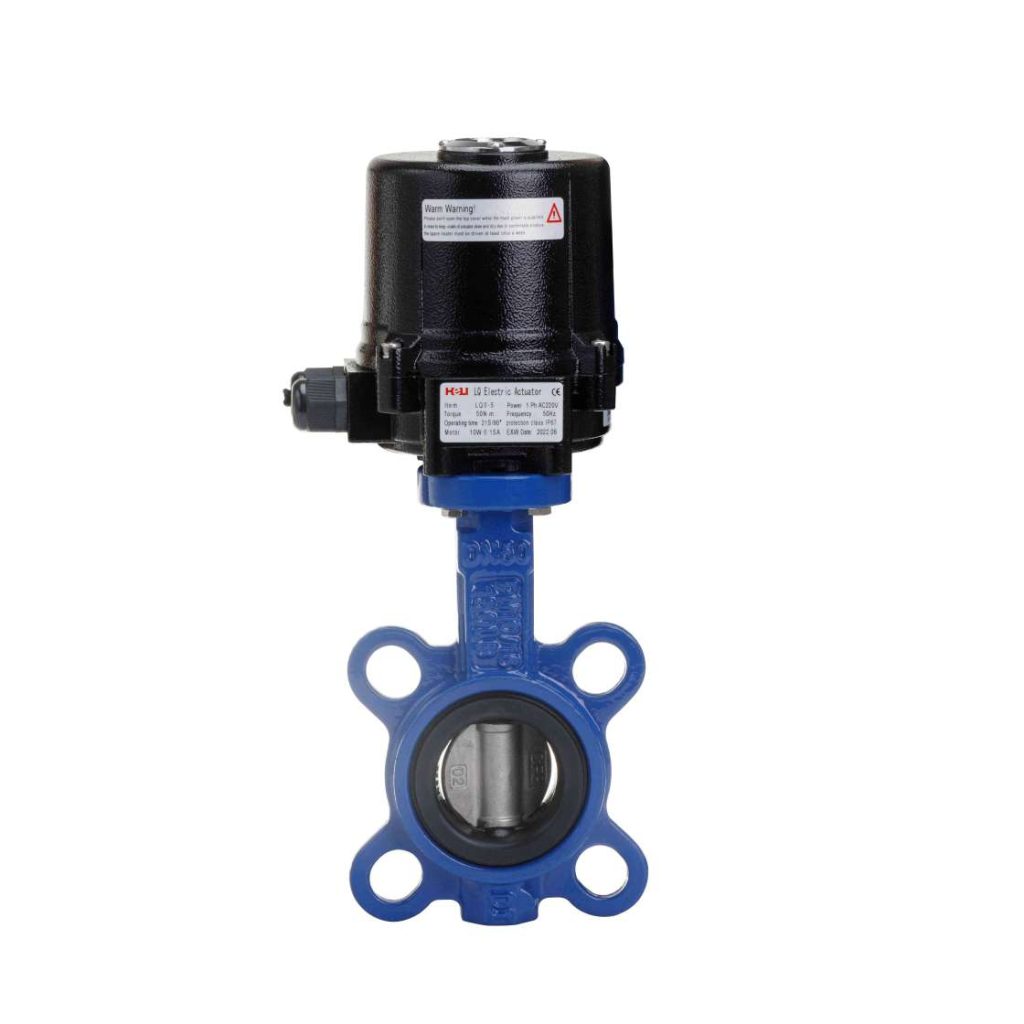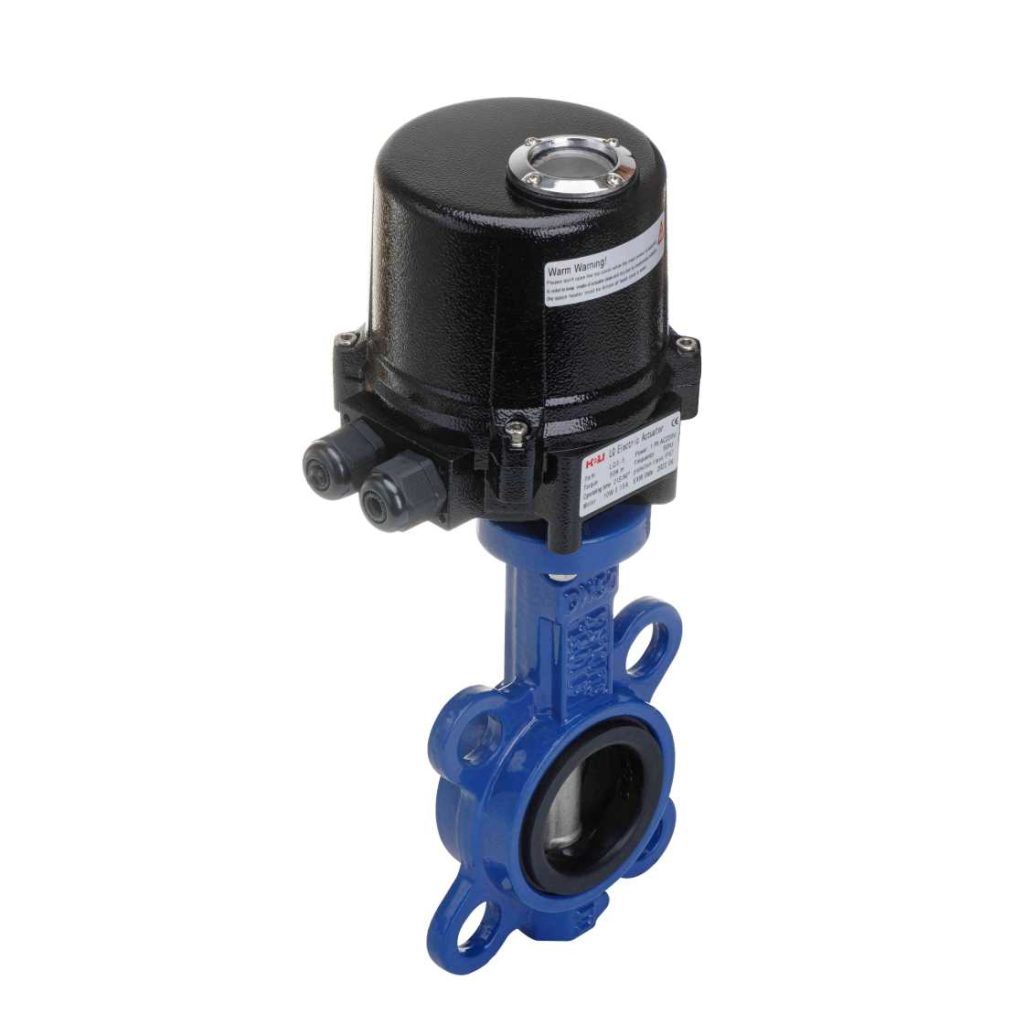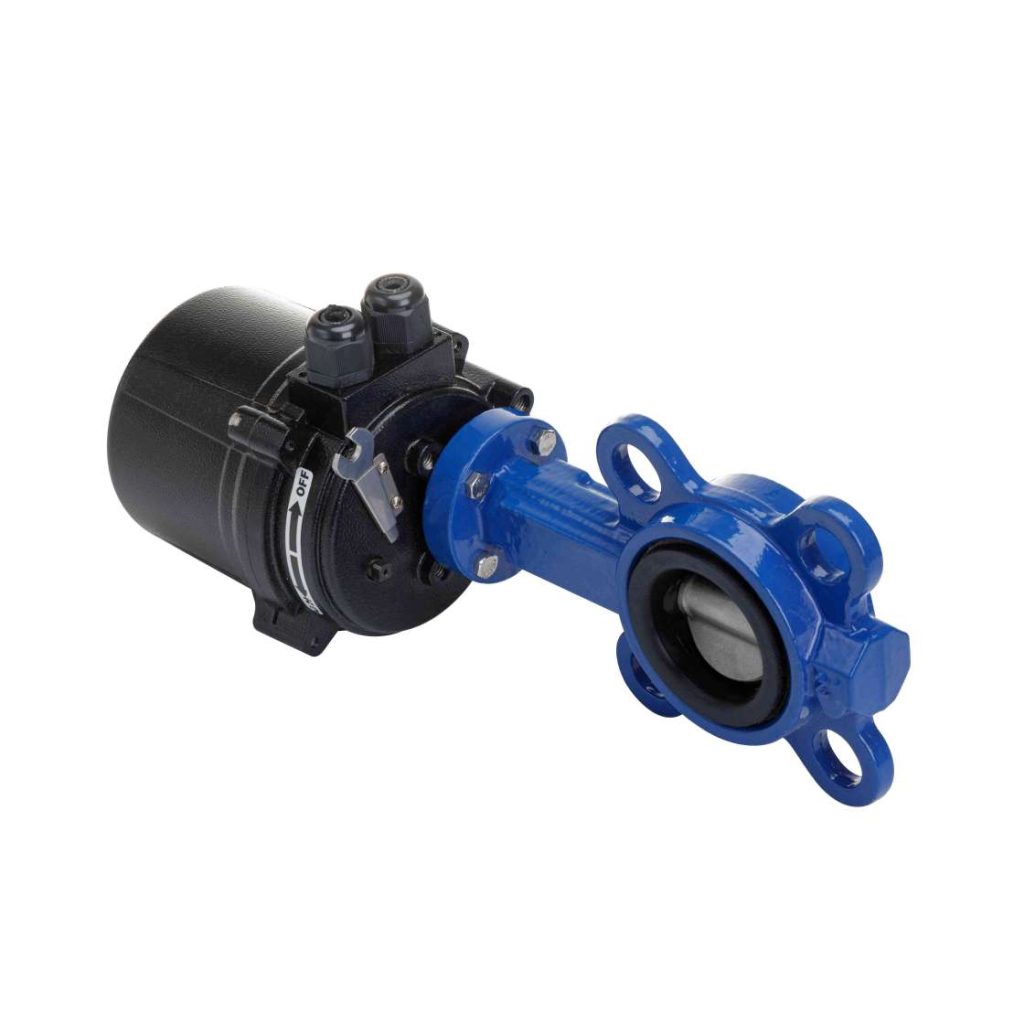Electric butterfly valves are essential devices used in modern fluid control systems across various industries. These valves operate through electric actuators, providing precise control over fluid flow. They are renowned for their efficiency, versatility, and reliability in regulating the flow of liquids and gases in pipelines. This article explores the features, working principles, applications, advantages, and the role of electric butterfly valves in different industrial settings.

What is an Electric Butterfly Valve?

An electric butterfly valve is a type of quarter-turn valve that uses an electric actuator to control the position of a circular disc or “butterfly” inside a pipe. The valve controls the flow of a fluid through the pipeline by rotating the butterfly disc to either partially or fully block the flow. Unlike traditional manual valves, electric butterfly valves can be controlled remotely, allowing for automated and precise flow regulation. The valve consists of three main components: the valve body, the butterfly disc, and the electric actuator. The body houses the butterfly disc, which is connected to a central shaft. The electric actuator is mounted on top of the valve and is responsible for rotating the disc. The actuator is powered by electricity and can be operated via a control system to adjust the valve’s opening or closing.
